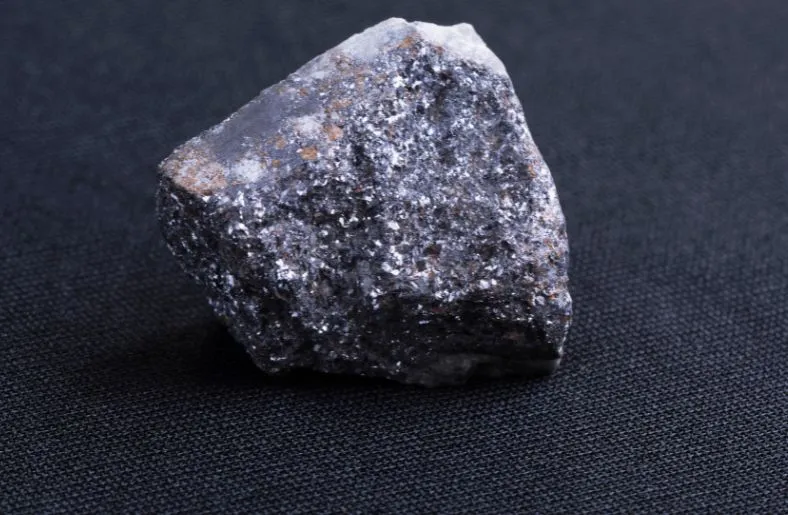Dry graphite lubricant, often referred to as “dry lubricant” or “solid lubricant,” is a unique lubrication solution that offers several advantages over traditional liquid lubricants.
In this comprehensive guide, we’ll delve into the world of dry graphite lubricants, dry graphite lubricant uses, benefits, and practical applications across different industries.
Table of Contents
Dry Graphite Lubricants Versatility
Dry graphite lubricants are composed of fine graphite powder particles combined with a binding agent. This results in a solid, dry, and friction-reducing substance that can be applied to various surfaces.
Unlike liquid lubricants, dry graphite lubricants do not contain oil or grease, making them ideal for situations where avoiding messy residue is crucial.
Advantages of Dry Graphite Lubricants
- Dry Application: Dry graphite lubricants eliminate the mess associated with liquid lubricants. They do not attract dust or dirt, making them suitable for clean environments.
- High-Temperature Tolerance: Graphite’s ability to withstand high temperatures without breaking down or evaporating makes it suitable for extreme heat applications.
- Low Friction: Dry graphite reduces friction effectively, which can lead to improved machinery performance and energy efficiency.
- Chemical Resistance: It is resistant to many chemicals, making it suitable for use in environments with exposure to corrosive substances.
- Long-Lasting: Dry graphite lubricants have a long-lasting effect, reducing the frequency of reapplication compared to some liquid lubricants.
Dry Graphite Lubricant Uses and Applications
Dry graphite lubricant uses and applications are as follow:
- Automotive: Dry graphite lubricants can be used on door locks, hinges, and other moving parts to prevent freezing in cold temperatures and reduce wear.
- Industrial Machinery: They are applied to conveyor belts, chains, and gears to reduce friction and minimize wear, extending the lifespan of critical components.
- Aerospace: In the aerospace industry, dry graphite lubricants are used on aircraft landing gear components, ensuring smooth operation during takeoff and landing.
- Firearms: Dry graphite lubricants are popular among firearm enthusiasts for their ability to reduce friction and protect against rust.
- Locks and Latches: Household locks and latches benefit from dry graphite lubricants, ensuring smooth operation without messy residues.
How to Apply Dry Graphite Lubricant
Applying dry graphite lubricant is straightforward:
- Prepare the Surface: Ensure the surface is clean and free from dirt, debris, or existing lubricants.
- Shake the Can: If using an aerosol spray, shake the can well to disperse the graphite particles evenly.
- Spray or Apply: Spray or apply the dry graphite lubricant directly onto the target surface. Use short bursts to avoid over-application.
- Spread: For even coverage, use a cloth or brush to spread the lubricant and work it into the surface.
- Allow to Dry: Let the lubricant dry for a short period, typically a few minutes, before testing the surface for smooth operation.
Related Guide: Can I Use Cooking Oil as Machine Lubricant? A Comprehensive Guide (2023-2024)
Conclusion
Dry graphite lubricant uses can offer a versatile and mess-free solution for reducing friction and improving the performance of various mechanical components. Their high-temperature tolerance, resistance to chemicals, and long-lasting effects make them invaluable in numerous industries and everyday applications.
Whether you’re looking to maintain your car’s door locks or enhance the efficiency of industrial machinery, dry graphite lubricants provide a reliable and efficient lubrication option. Understanding their advantages and proper application techniques can help you make the most of this versatile lubrication solution.

